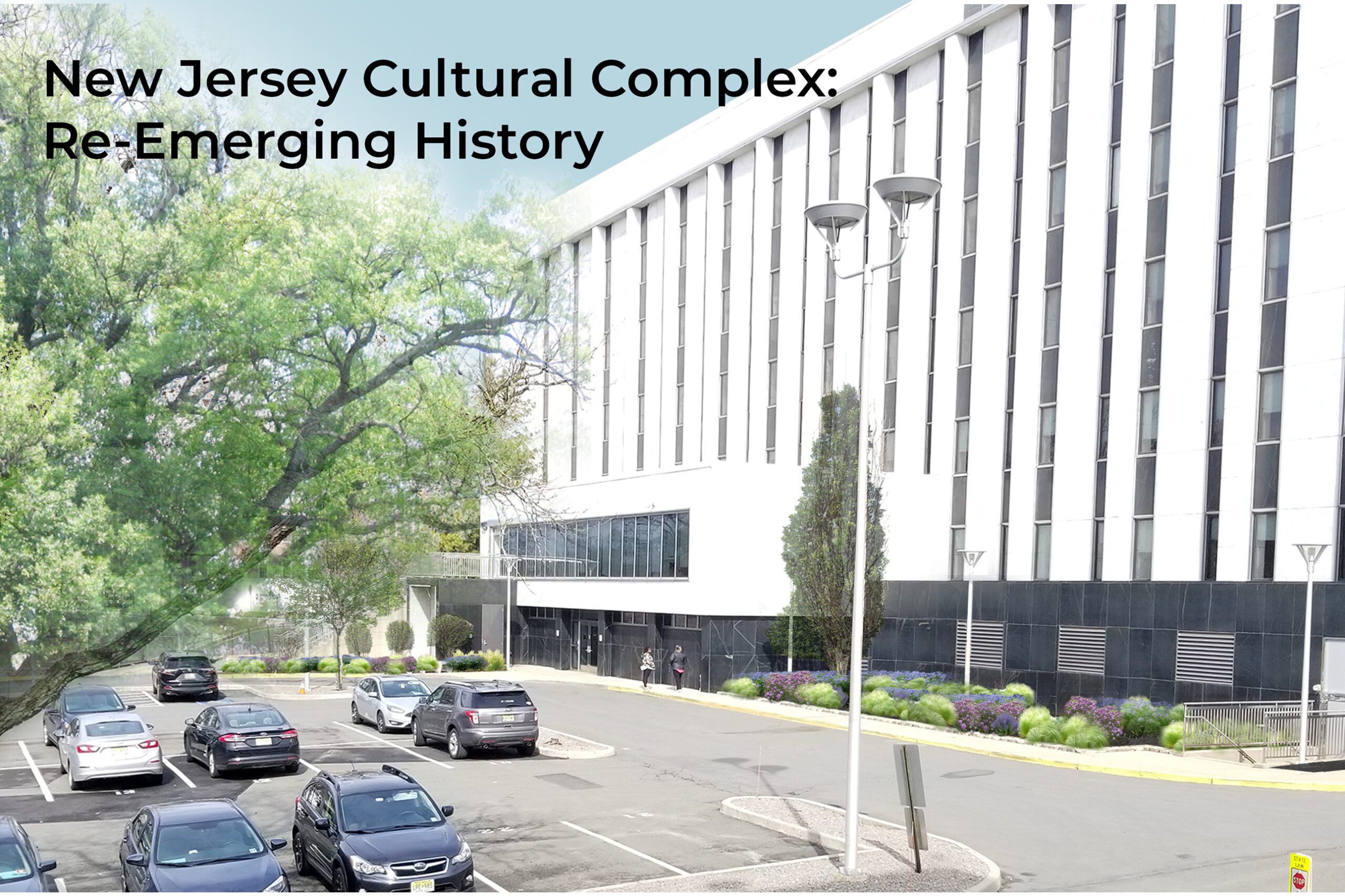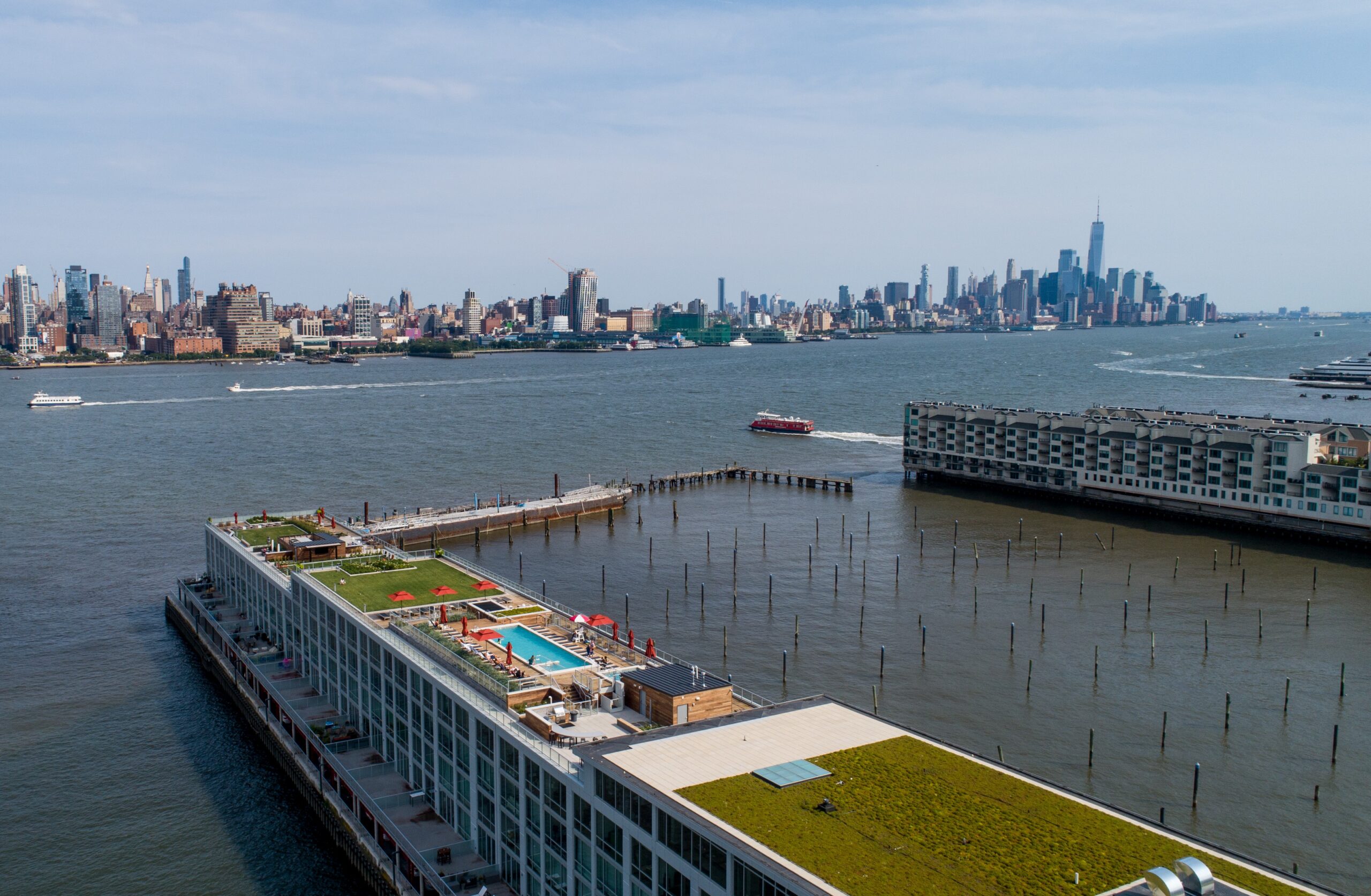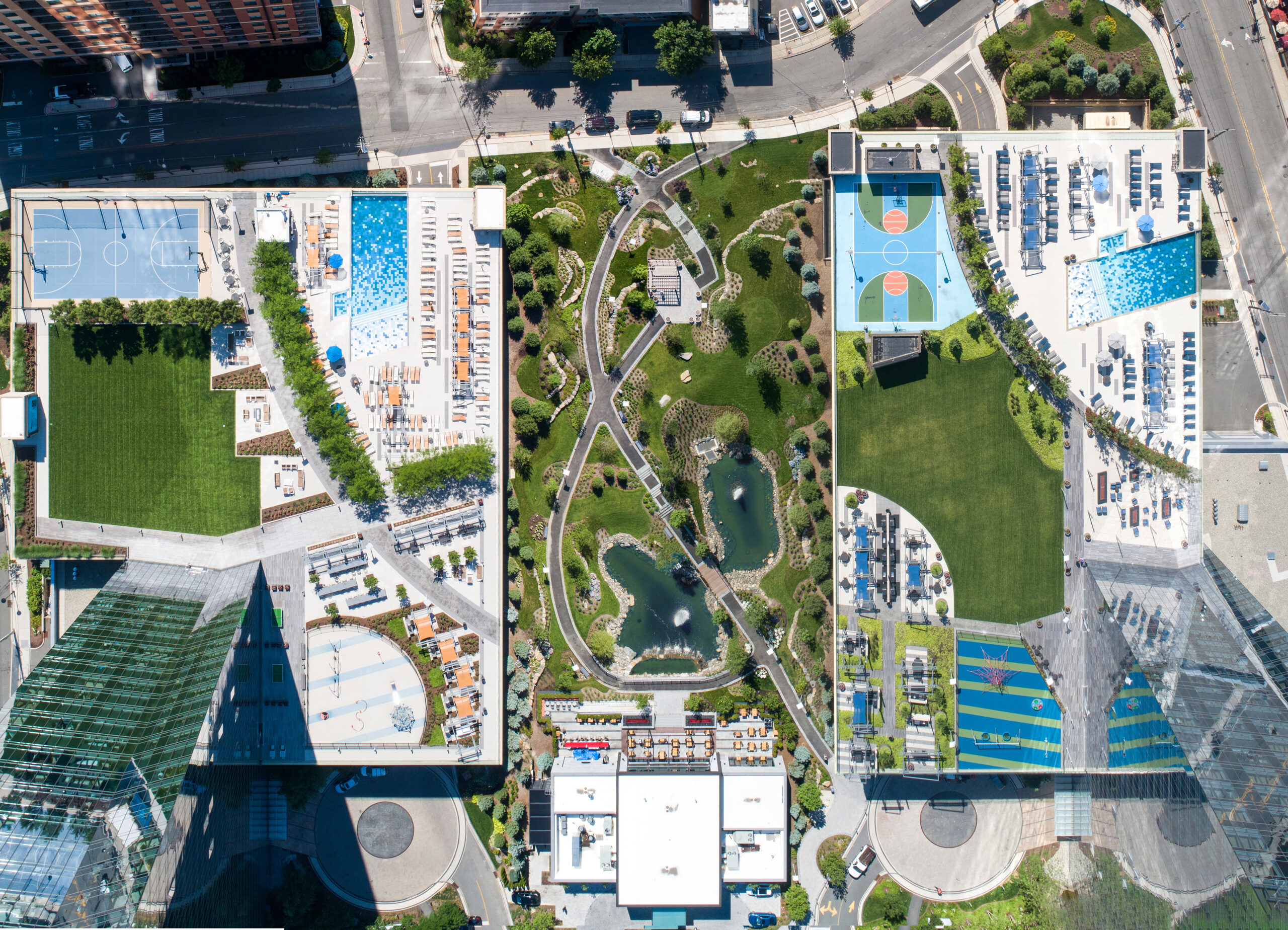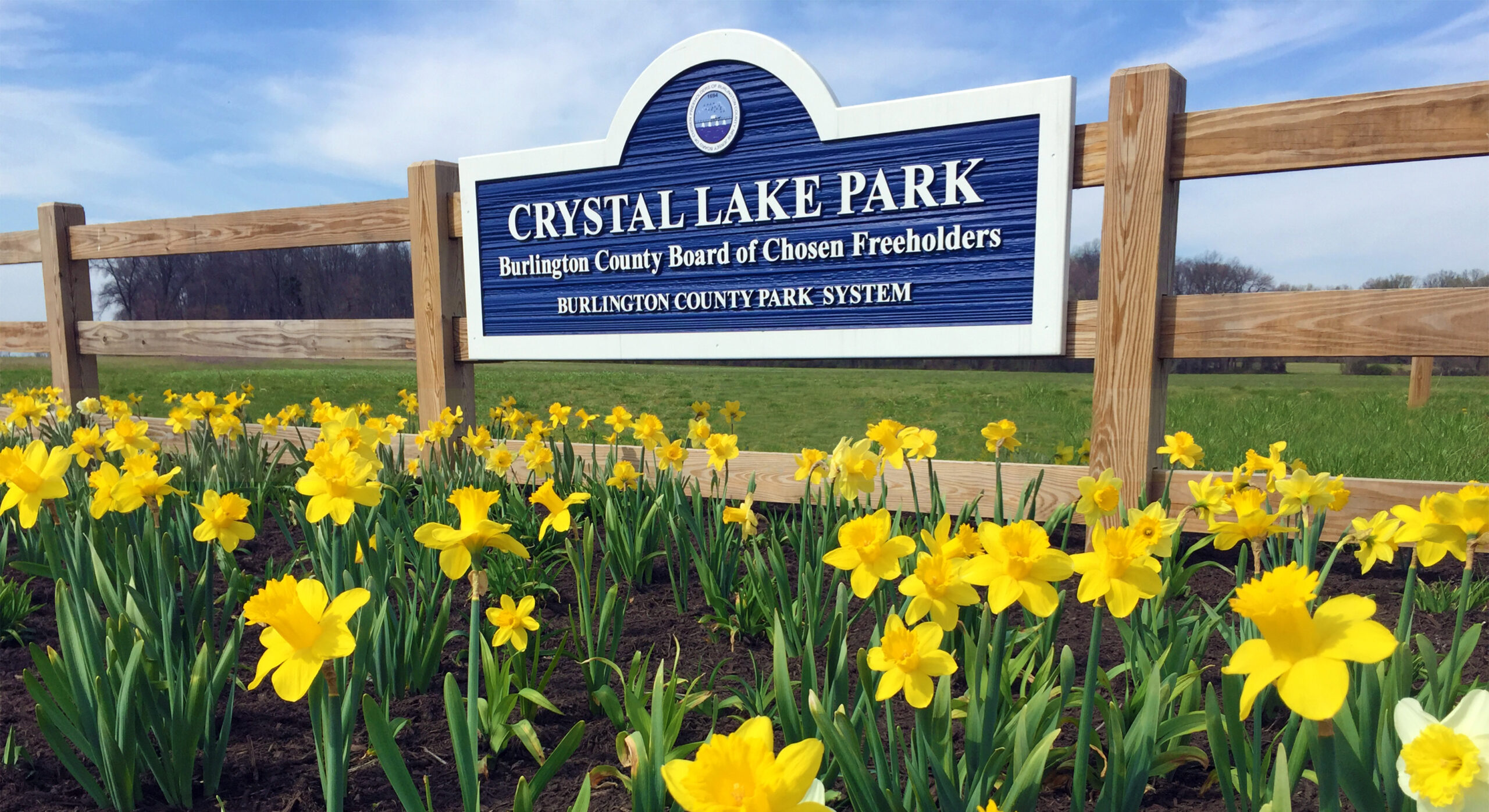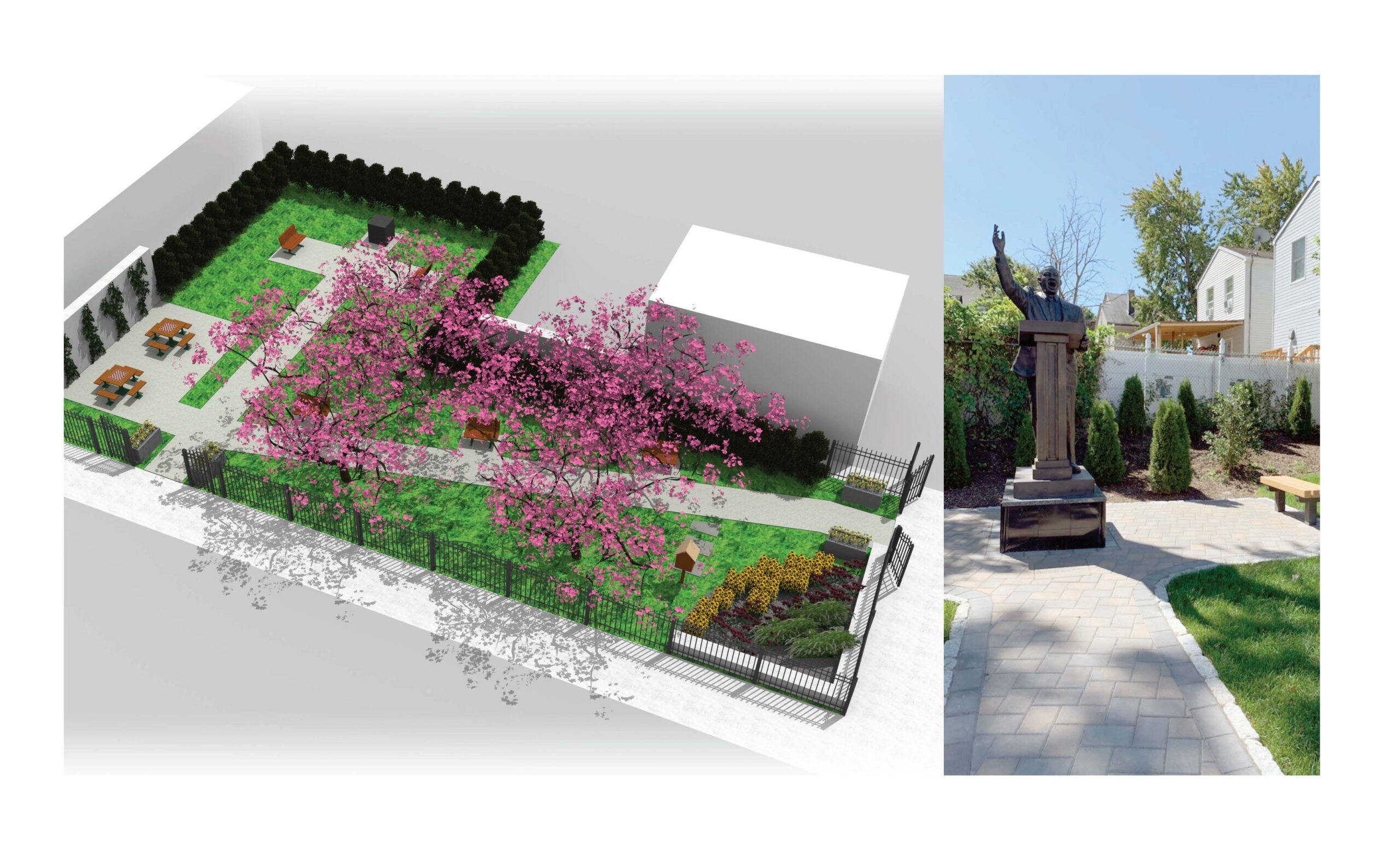Project Description
Our design addresses the uncomfortable connection between Mid-Century Modernist architecture, the city of Trenton, and black and brown communities. The relationship between people of color and the city has a controversial past. Following Martin Luther King Jr.’s assassination, there was a wave of civil disobedience in 1986 known as the Holy Week Uprising. These riots were a form of grievance from the black and brown communities. Mid-century modernist architecture is associated with urban renewal projects during this time in the area. Urban renewal projects often uprooted minority neighborhoods, causing major distrust between people of color and businesses, banks, realtors, etc. Discriminatory housing policies prevented them from getting houses, white flight to the suburbs impoverished once middle income neighborhoods, and income disparities prevented them from providing for their families.
Typically, a designer would take the material of the buildings, white marble, and extend that white marble into the landscape. Instead, we turn this history inside out–extending the black marble of the exterior of the State Archives into the front yard of the NJ Cultural Complex. This black marble has brown veining that represents the demographics of Trenton today.

